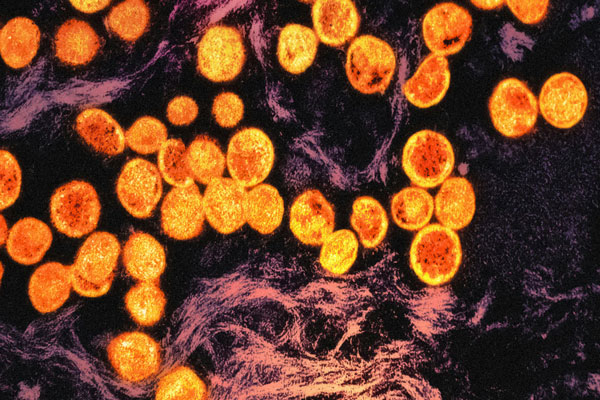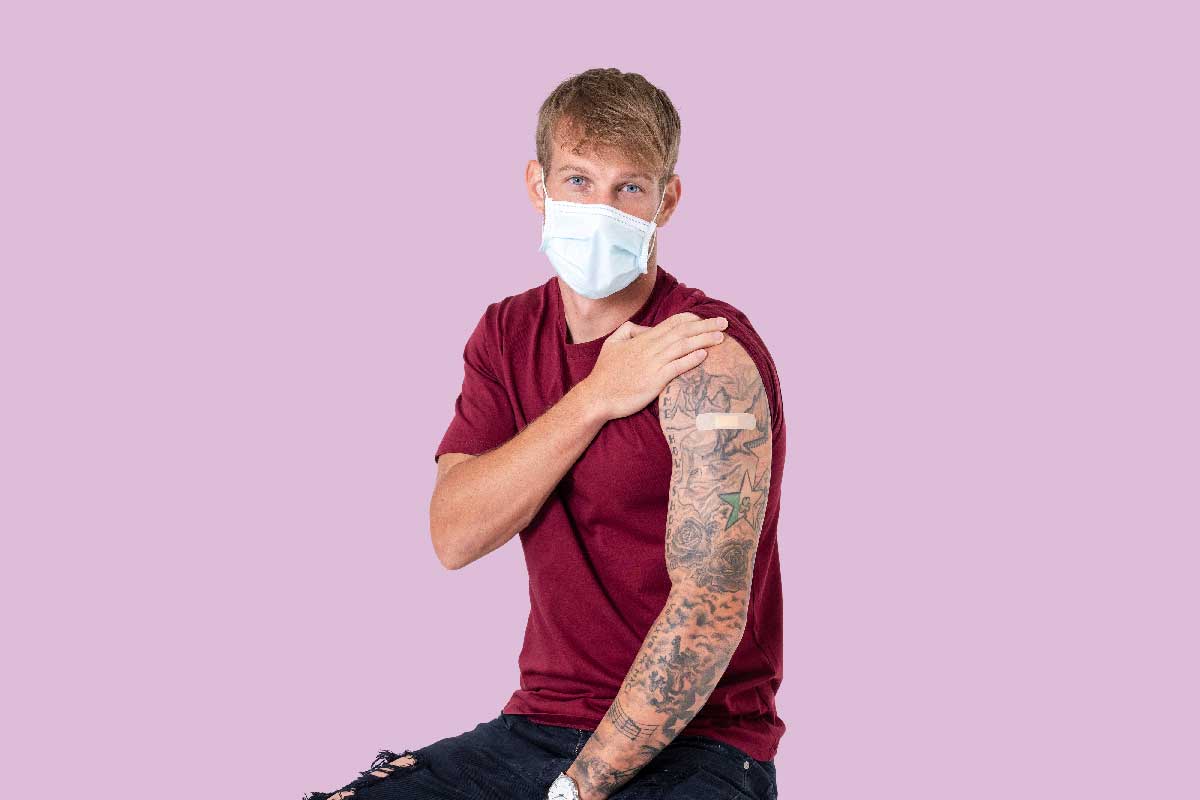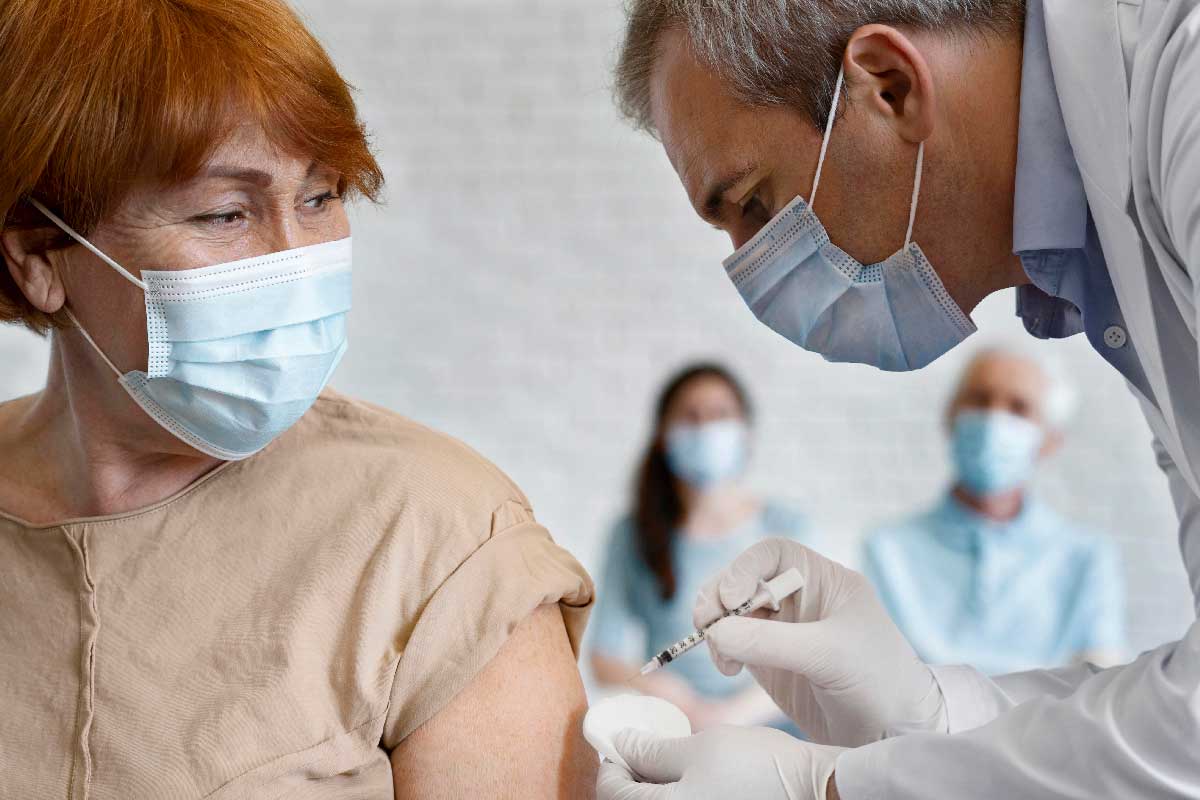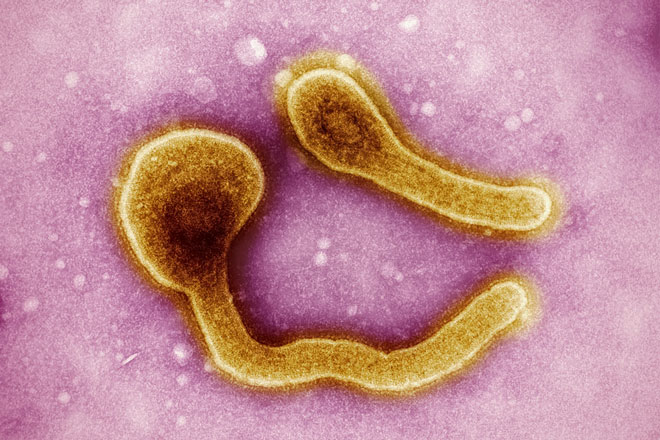How can we quantify the value of a vaccine?
Vaccine development for diseases that affect millions – such as tuberculosis and chikungunya – have languished; profiles that collate data on the value of such vaccines could change this.
- 10 November 2023
- 3 min read
- by Priya Joi
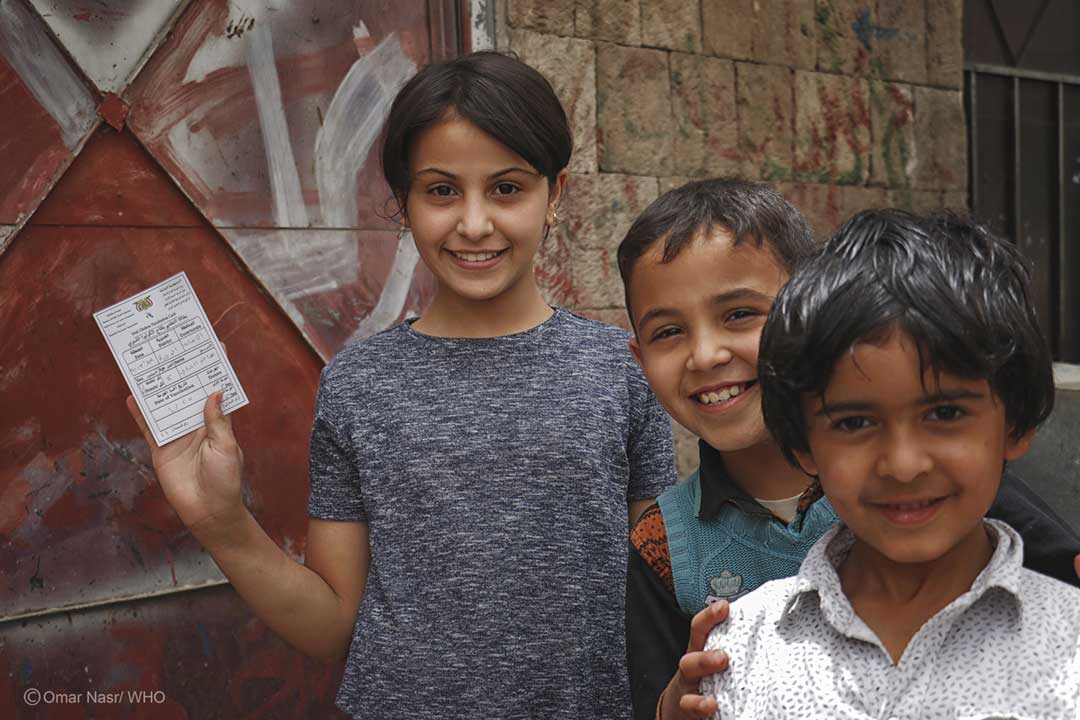
Vaccines prevent millions of deaths and save billions of dollars in treatment costs and loss in productivity, however many illnesses that affect the lowest-income countries in the world are often overlooked by vaccine developers.
Often this may happen because pharmaceutical companies are unsure of whether there will be a guaranteed vaccine market for diseases that they perceive affect mostly low- and middle-income countries, such as chikungunya, leishmaniasis or tuberculosis.
“The VVPs aim to inform investment by providing clarity on what is known about the pathway to regulatory approval and policy, and to identify gaps in knowledge that must be addressed to ensure rapid recommendation for use and uptake.”
– Birgitte Giersing, WHO team lead for Product & Delivery Research
A new initiative driven by the World Health Organization (WHO), supported by vaccine experts and organisations such as Gavi, aims to change that.
This week sees the publication in a supplement of the journal Vaccine of the first Vaccine Value Profiles, or VVPs. These are overviews of the data and evidence publicly available to define the public health and socioeconomic value of a vaccine for a particular pathogen.
The Profiles are based on the WHO-developed Full Value of Vaccine Assessments (FVVA) and describes the need to quantify vaccine value from both individual and population-based perspectives, to help "promote communication across stakeholders and facilitate more informed country ownership of decision-making".
In an accompanying editorial, Gavi Head of Policy Marta Tufet Bayona and colleagues explain that the value assessment needs to happen when vaccines are early in the development pipeline "to ensure that products with the greatest value to consumers are developed, to sustain investment and momentum through the most risky and costly late stages of product development, and to avoid succumbing to the well-characterized 'valley of death' between discovery and early clinical development."
Have you read?
A holistic look at the value of vaccines is important in an environment where there is a huge competition for funding sources, says Mateusz Hasso-Agopsowicz, technical officer in the Immunization department at WHO, who was part of the team that supported infectious disease experts in collating these Vaccine Value Profiles. "Two vaccines that may be equally profitable for manufacturers could have a very different public health impact, including factors like morbidity, impact in reducing antimicrobial resistance, and improving equity," he says.
The 16 vaccines profiled in the first of two volumes of the supplement include VVPs for respiratory syncytial virus (RSV), cytomegalovirus (CMV), Shigella, Salmonella paratyphi A, norovirus, leishmaniasis and Group B streptococcus.
Alongside this, VaccinesWork is extending its series on routine vaccines, to include profiles on vaccines in the longlist of its Vaccine Investment Strategy 2024, which is Gavi's evidence-based prioritisation process to determine which vaccines should be added to its future portfolio. The approved longlist of vaccines include tuberculosis, Group B streptococcus, Shigella, dengue, hepatitis E, chikungunya, COVID-19 and mpox.
The vaccines for which the Profiles have been developed were selected in consultation with public health experts, focusing on diseases for which current vaccines either do not exist or do not meet the public health need, and for which we expect that there could be licensure in the next few years.
"The VVPs aim to inform investment by providing clarity on what is known about the pathway to regulatory approval and policy, and to identify gaps in knowledge that must be addressed to ensure rapid recommendation for use and uptake," says Birgitte Giersing, WHO team lead for Product & Delivery Research, who has led the work on developing the Vaccine Value Profiles.
